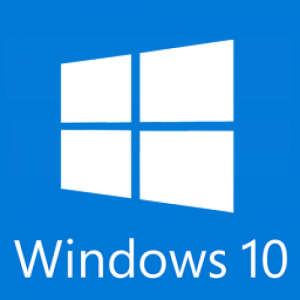When deploying new desktops, especially Windows 10, some decisions come easily while others turn into elephants in the room. The easy decisions: deployment method, OS version, Office version, hardware models. The challenge experienced by many firms is deciding on applications, especially if desktop refreshes have long intervals between them. If the desktop was deployed two or more years ago, how do you know which applications are in the environment today and how will you identify them? Sure, there might be an Excel spreadsheet, but was it kept up? And what about applications that were installed ad hoc by support?
Identifying the applications in a firm’s environment can be a tedious and at times emotional task for firms. Once a firm commits to doing so, however, it will have a pathway to make many necessary decisions on several levels. Application identification is the first step and is critical to any desktop project, but can be accomplished in several ways.
Microsoft provides two free tools that provide application inventory reporting: Microsoft Assessment and Planning Toolkit (MAP) and Microsoft Application Compatibility Toolkit (ACT). MAP is an agent-based tool while ACT is agent-less and uses computer scanning to generate reports. Each provides varying levels of reports. Additionally, there are tools available through suites such as System Center Configuration Manager (SCCM) and other well-known third-party tools like Flexera AdminStudio and TrackIt!.
Once applications have been identified the exercise of Application Portfolio Management begins. This process usually involves a strategy in which IT takes the inventory of the applications in use across the enterprise and then determines, with input from stakeholders, whether an application will be leveraged going forward or not. The criteria used to decide to move an application forward to the next desktop can include, but not be limited to, some of the following:
- Strategic alignment– Does an application align with the business case of a firm?
- Functionality– Does the application provide functionality to the firm?
- Technical requirements– Does the firm have or want to maintain the infrastructure need for the application?
- Financial reasoning– Is the business case to invest or divest funds for the application?
- Technology risk– Is there a positive or negative risk to the application?
- Application redundancy– Are there multiple applications providing the same feature?
Considering the above factors together with the unique factors of your environment will allow firms to rationalize applications in a way that balances the burden of IT management with optimal productivity for the users.
Lastly, this process is iterative. For every new application introduced to an environment, review the current list to see if an application can be removed. The idea is to perform rationalization as an ongoing task rather than at every desktop refresh. Beginning with a new desktop roll-out, however, is a good idea as it allows a firm to start with a clean slate.
